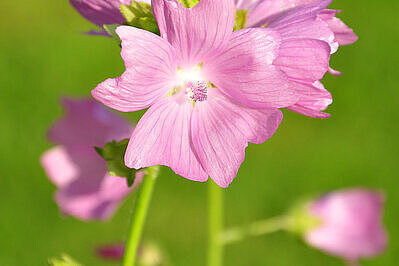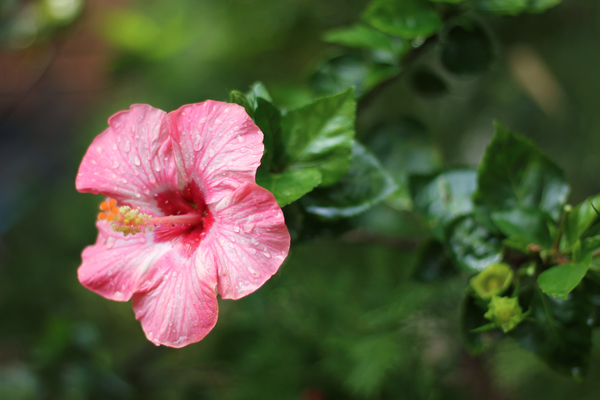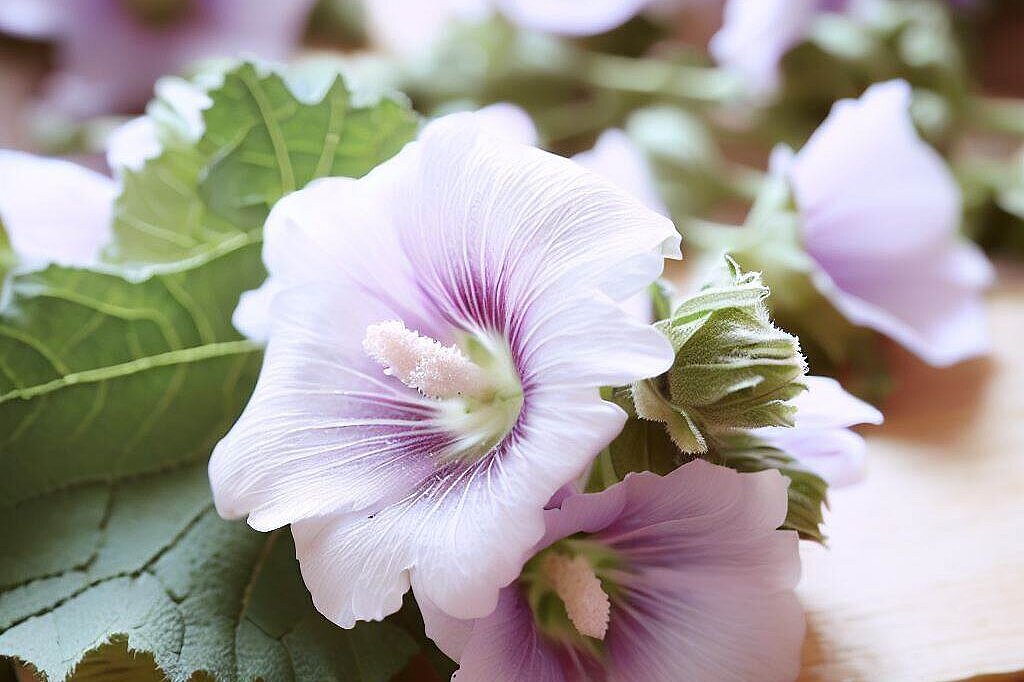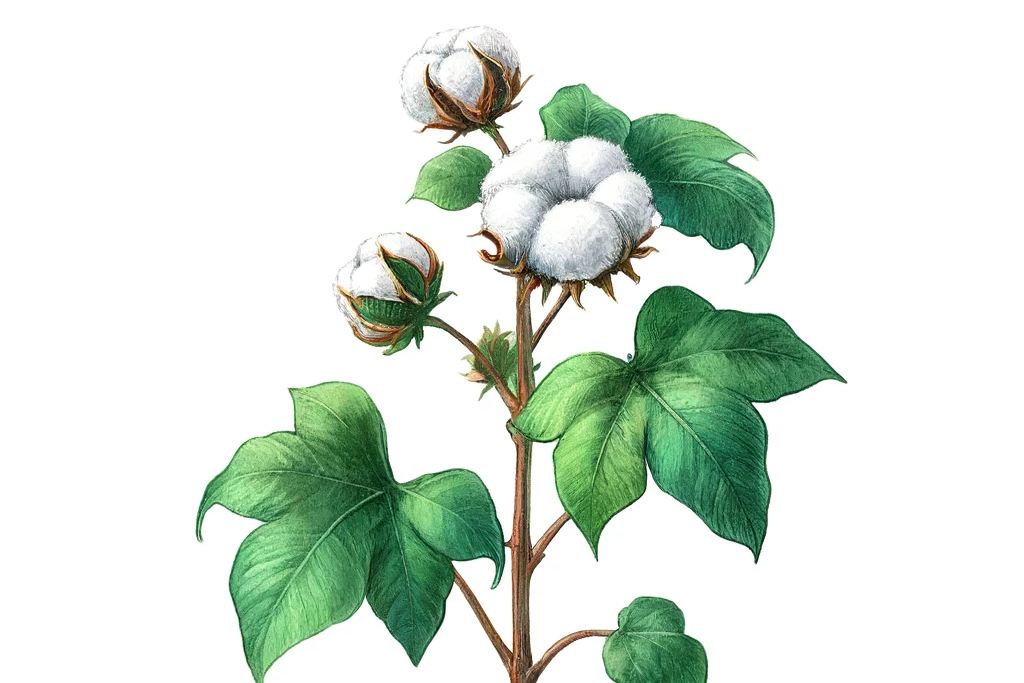Common hollyhock

The beauty of the hollyhock in everyday dog life
The common hollyhock (Alcea rosea) adorns many gardens and parks with its tall stems and large, colorful flowers. Originally from the Mediterranean region, it has established itself as a popular ornamental plant in temperate climates around the world. But apart from its visual appeal, the question arises as to how safe and beneficial it is for our dogs.
What is the common hollyhock?
The common hollyhock belongs to the mallow family and is known for its impressive height of up to 2 meters and its wide range of flower colors, from white to yellow and pink to deep purple. It blooms in summer and not only provides a magnificent spectacle with its large, eye-catching flowers, but also attracts bees and butterflies.
Advantages of the common hollyhock
Aesthetic value
For dogs who enjoy spending time in the garden, the visual presence and insect attraction of the common hollyhock can be an asset to their environment.
Potential health benefits
Although specific studies on the effects of hollyhock on dogs are lacking, hollyhock is valued in folk medicine for its anti-inflammatory and anti-irritant properties. Parts of the plant, particularly the flowers and leaves, have traditionally been used to relieve skin irritations and respiratory problems in humans.
Disadvantages and risks of common hollyhock for dogs
Potential toxicity
While common hollyhock is not generally known to be toxic to dogs, individual intolerances or allergic reactions can never be completely ruled out. Ingestion of large quantities of the plant could lead to gastrointestinal problems.
Danger from pests and pesticides
Hollyhocks can be attacked by various pests, against which pesticides may be used. Contact with or ingestion of pesticide-treated plant parts can be harmful to dogs.
Allergic reactions
As with any plant, there is a risk of allergic reactions to common hollyhock. Symptoms may include skin irritation, sneezing or other allergic reactions, especially in dogs with known sensitivities.
To be enjoyed with care
Common hollyhock can be a visually appealing addition to gardens where dogs live or spend time. Its potential health benefits for dogs are interesting but not sufficiently researched to draw definitive conclusions. The plant itself is not considered highly toxic to dogs, but care should be taken when handling it to minimize potential risks. In particular, owners should ensure that their dogs do not nibble on plants that have been treated with pests or pesticides. As with the introduction of any new plant near pets, it is advisable to observe the animal's reaction. This way, the beauty of the hollyhock can safely coexist with the well-being of our four-legged friends.
If you notice any signs of hypersensitivity or poisoning in your dog, you should see your vet immediately. We are not a substitute for a vet, but we try to be as accurate as possible. Every dog reacts differently and we recommend you get a second opinion or consult your vet if in doubt.
Stay healthy and take good care of your four-legged friend!😊
Similar to Common hollyhock
Mallow belongs to the mallow family and is closely related to the hibiscus and hollyhock plants. It contains many valuable ingredients such as mucilage, tannins, flavonoids, vitamin C and minerals....
Hibiscus is a genus of plants in the mallow family. There are more than 200 species of hibiscus that grow in the tropics and subtropics of the world. The best known are the marshmallow (Hibiscus...
Marshmallow is a perennial plant from the mallow family that can grow up to 1.5 meters high. It has hairy leaves and pinkish-white flowers. The roots and leaves contain many mucilage substances that...
The cotton plant(Gossypium spp.) belongs to the mallow family and is native to tropical and subtropical regions. Its seed pods, known as cotton bolls, are used to produce the soft fibers that are...



